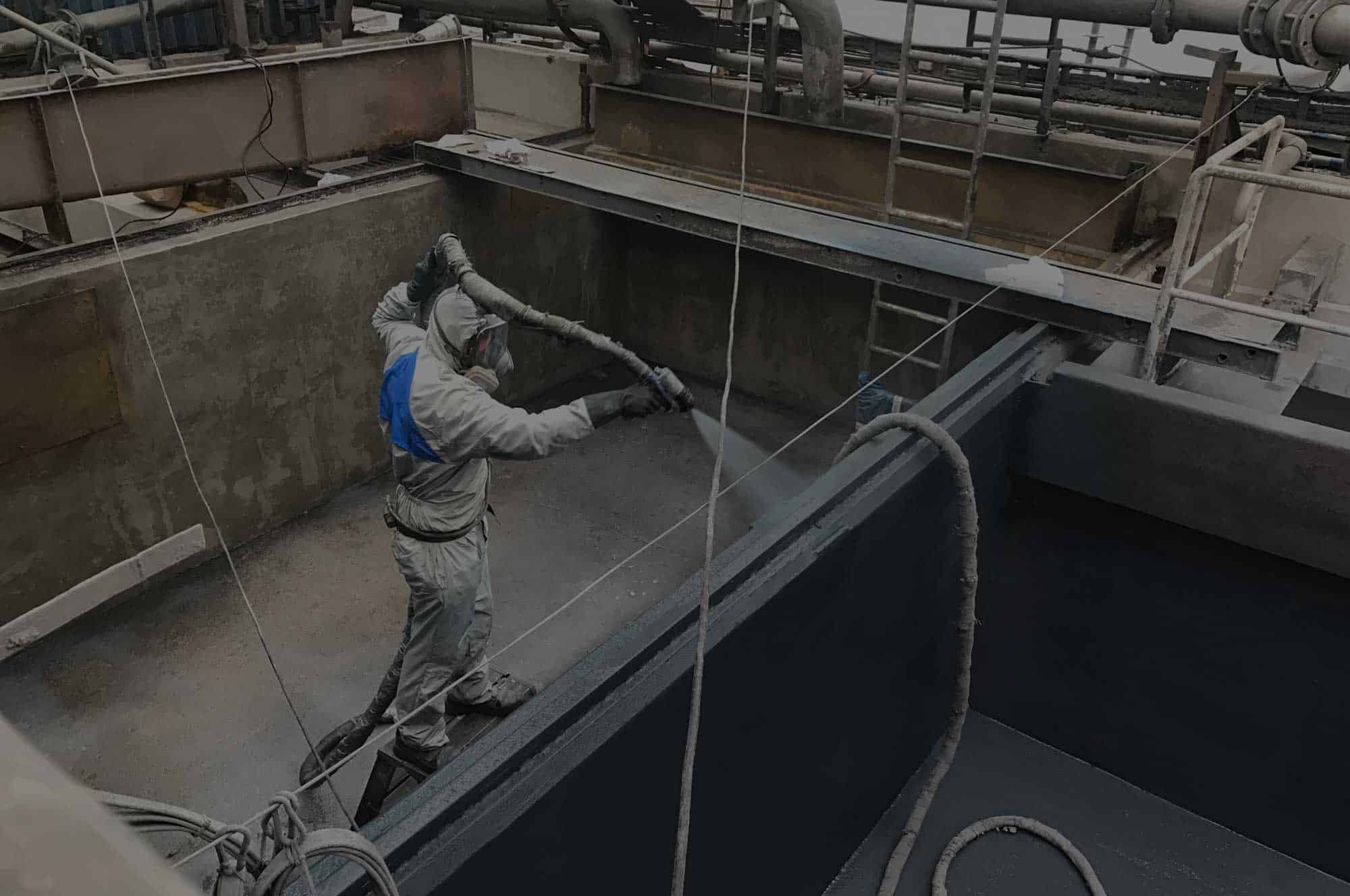
Why You Should Become A Certified Polyurea Applicator
Polyurea is a versatile, fast-drying polymer coating material that has gained prominence in various industries. This article aims to delve into the subject matter by examining the chemical composition, unique properties, and potential use cases of polyurea. It also presents information on the production process, expert opinions within the industry, and insights into the benefits of polyurea over other coating materials. Furthermore, it discusses the challenges polyurea solves, potential safety risks, real-life examples of applications, and the specific industries it is commonly used in. Providing a comprehensive picture of polyurea and its applications, this article will demonstrate why becoming a certified polyurea applicator is a valuable skill.
Understanding Polyurea: Chemical Composition and Unique Properties
Polyurea is a synthetic elastomer primarily made of two components: an isocyanate (also referred to as the A-side) and a resin blend (the B-side), which consist of amines, amides, or hydroxyls. These two components undergo a chemical reaction known as a step-growth polymerization to produce a rigid, yet flexible, coating with exceptional physical properties.
Some of the unique properties of polyurea include:
- Fast cure rates: Polyurea can cure within seconds, depending on the specific formulation, making it highly suitable for applications where minimal downtime is crucial.
- Outstanding chemical resistance: Polyurea resists degradation from most chemicals, making it a popular choice for industrial settings where corrosive substances are present.
- Remarkable elongation and tensile strength: Polyurea’s elastic and high-strength properties allow it to withstand wear, tear, and impact without cracking or breaking.
- Broad temperature tolerance: Due to its high thermal stability, polyurea retains its properties across a wide range of temperatures, making it suitable for use in diverse climates.
- Water and moisture resistance: Polyurea forms an excellent moisture barrier due to its hydrophobic nature, which prevents the growth of mold, mildew, and bacteria.
Production Process and Expert Opinions
The production of polyurea entails combining the A-side and B-side components using specialized equipment, such as high-pressure plural-component proportioning systems. The reactants are mixed at a controlled flow rate and temperature to achieve the desired cure rate and performance properties. The coating is applied to a substrate — typically via spray, roller, or brush — and it forms a seamless, monolithic film as it cures.
Experts in the coating industry have praised polyurea for its ability to solve complex challenges that conventional materials, such as epoxies, acrylics, or urethanes, might not adequately address. Given its rapid cure rate, durability, and versatility, it has become a go-to solution for many industrial and commercial applications.
Benefits of Polyurea over Other Coating Materials
Polyurea offers several advantages over other coating materials, including:
- Reduced application time: Polyurea’s fast cure rate allows for quicker completion of projects, leading to cost savings for both applicators and clients.
- Greater durability: With its exceptional tensile strength and elongation properties, polyurea outperforms and outlasts many traditional coatings, resulting in lower maintenance costs and reduced downtime.
- Enhanced environmental resistance: Polyurea’s superior resistance
